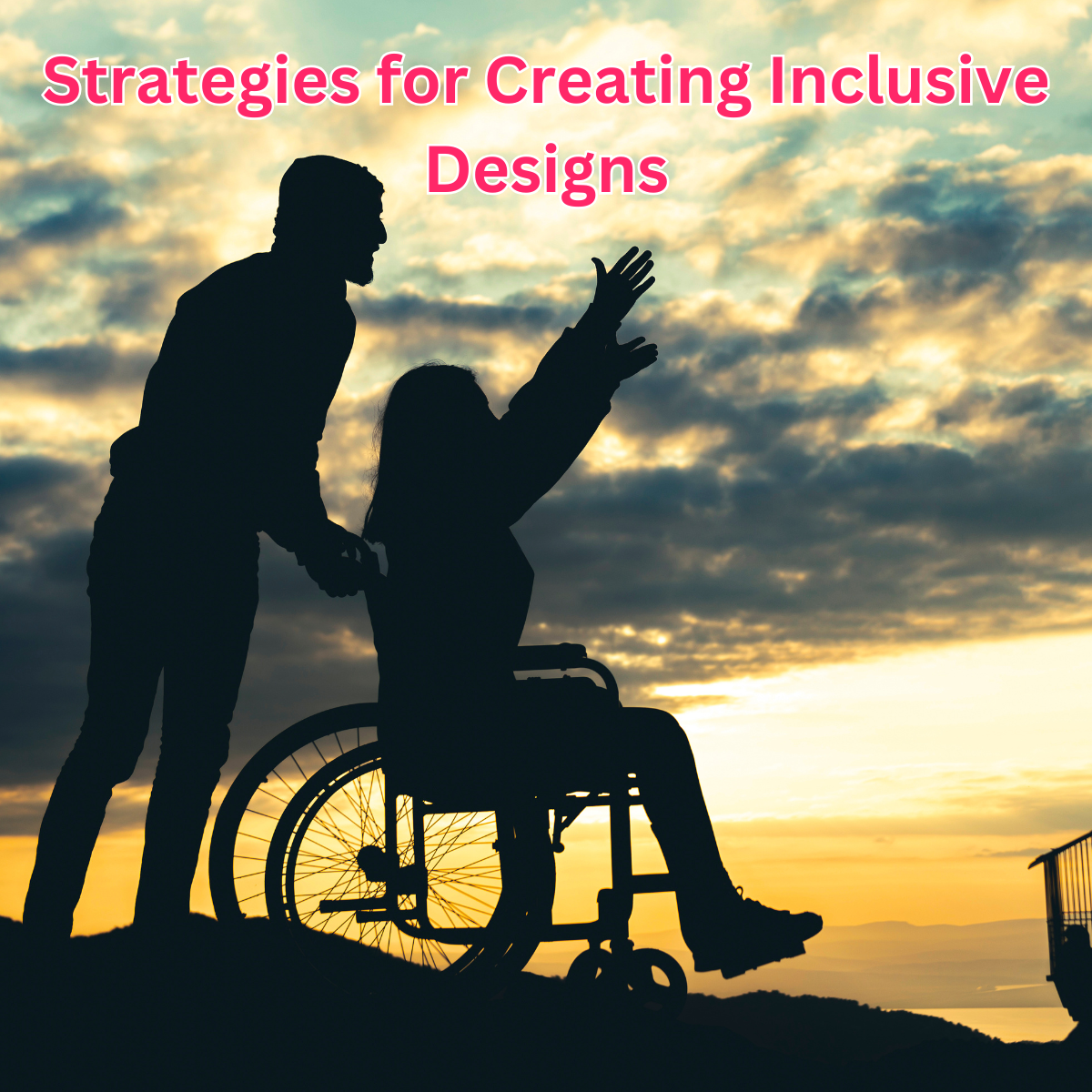Posted At: Aug 18, 2025 - 313 Views

The Importance of Accessibility in Design: Strategies for Creating Inclusive Designs that Cater to Users with Disabilities
In today’s digital landscape, inclusivity is more than just a buzzword; it’s a fundamental aspect of design that every graphic designer should prioritize. Accessibility in design ensures that everyone, regardless of their abilities or disabilities, can interact with digital content. This not only broadens your audience but also aligns with ethical design practices. Here, we’ll explore why accessibility matters and offer actionable strategies to create inclusive designs.
Why Accessibility Matters
- Legal Requirements: Many countries have laws mandating accessibility in digital spaces. The Americans with Disabilities Act (ADA) and the Web Content Accessibility Guidelines (WCAG) are examples of regulations that designers must consider to avoid legal repercussions.
- Broader Audience Reach: According to the World Health Organization, over a billion people globally experience some form of disability. By making your designs accessible, you tap into a significant audience segment, fostering inclusivity.
- Enhanced User Experience: Accessible design often leads to a better overall user experience. Features like clear navigation, readable fonts, and intuitive layouts benefit all users, not just those with disabilities.
- Brand Reputation: Companies that prioritize accessibility demonstrate a commitment to social responsibility. This can enhance brand loyalty and attract a wider customer base.
Strategies for Creating Inclusive Designs
1. Use Clear and Simple Language
- Avoid jargon: Simplify language to ensure it’s easily understood by a diverse audience.
- Provide text alternatives: Use alt text for images and transcripts for videos, allowing users who rely on screen readers to access content.
2. Implement Color Contrast and Text Size
- High contrast: Ensure sufficient contrast between text and background colors to aid readability. Tools like the WebAIM Contrast Checker can help.
- Scalable text: Use relative units (like ems or percentages) for text sizing to allow users to adjust text size as needed.
3. Design for Keyboard Navigation
- Tab navigation: Ensure that all interactive elements are accessible via keyboard shortcuts. This is essential for users who cannot use a mouse.
- Focus indicators: Provide clear visual indicators (like outlines) for elements that are currently focused, enhancing navigation for keyboard users.
4. Use Descriptive Link Text
- Meaningful links: Avoid generic phrases like “click here.” Instead, use descriptive text that conveys the link’s purpose, making it clear to all users where they will be directed.
5. Incorporate Accessibility Testing
- User testing: Include individuals with disabilities in your testing phase. Their feedback is invaluable for identifying barriers in your design.
- Accessibility tools: Utilize automated accessibility checkers (like Axe or Lighthouse) to identify potential issues, but remember to combine these tools with manual testing.
6. Create Flexible Layouts
- Responsive design: Ensure your layouts adapt to different screen sizes and orientations, making content accessible on various devices.
- Avoid fixed widths: Use flexible grids and layouts that allow users to resize content comfortably.
7. Educate Yourself and Your Team
- Training and resources: Invest time in learning about accessibility principles and keep your team updated on best practices. Resources like the W3C Web Accessibility Initiative provide valuable insights.
Conclusion
Designing with accessibility in mind is not just about compliance; it’s about creating a welcoming and inclusive digital environment for everyone. By implementing these strategies, graphic designers can ensure their work is accessible, enhancing user experience and expanding their reach. Remember, an accessible design is a good design—one that values the diverse needs of all users. Embrace the challenge, and let’s build a more inclusive digital world together!
